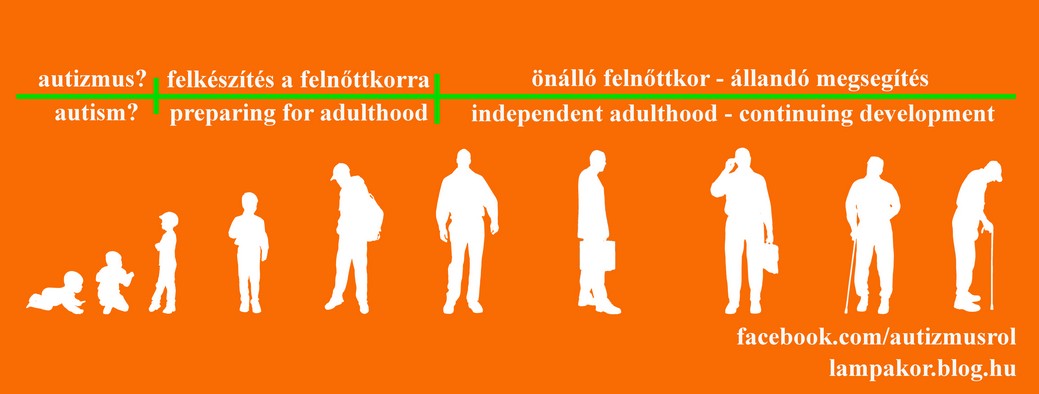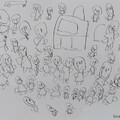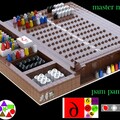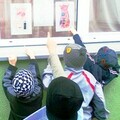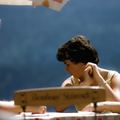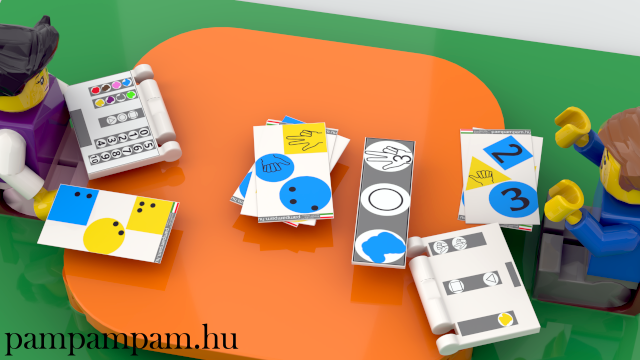Imitating our worlds
We all see the world differently.
The little girl in the last year of nursery school is repeating her mother’s moves perfectly, she accompanied her to the gym the evening before. What’s more, she made her Barbie dolls exercise also.
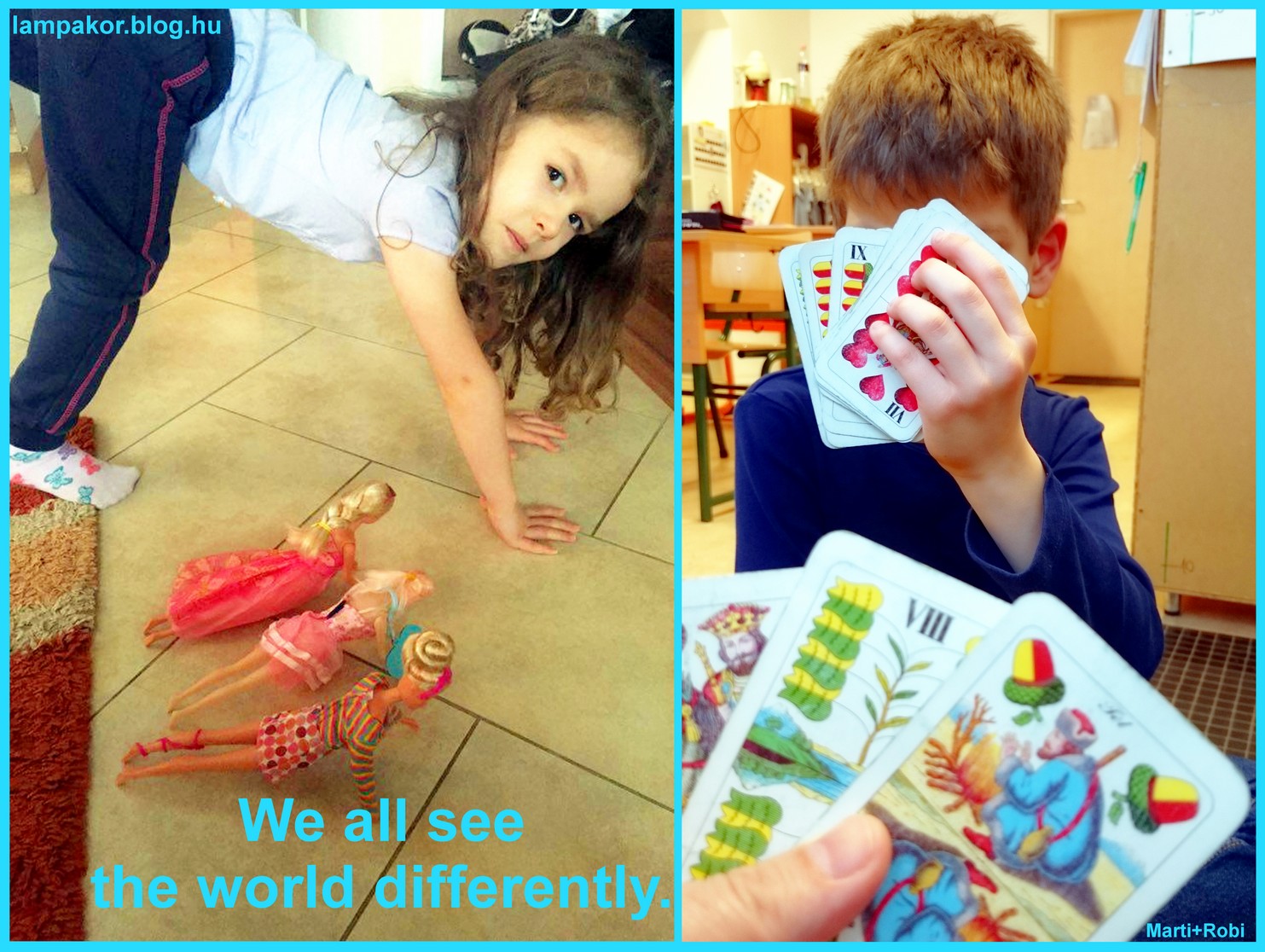
The primary school autist boy is playing cards with me. We are playing colour to colour with Swiss-themed Hungarian cards for the first time. He is imitating me, the way I hold my cards. He does what I do.
The boy picked out and copied the details that were important for him. He is able to imitate, what many of the children like him are unable to do. For him, because of his autism, it is extremely difficult to understand what is important and what is negligible from the “world” seen and to-be-imitated by him. /Often even non-autist adults don’t know what is worth imitating./
By the way he holds the cards during the colour-to-colour game, he is not yet aware what is important and why.
The “what is important” part he will learn soon /we will play cards more often/, so he will hold cards properly turned towards him.
On the question “why is it important” we have to and will spend tons of time /in addition to the prescribed syllabus/. Understanding that the other players should not see your cards will be the result of long and complex work.
In the case of the majority of people imitation comes automatically when a few months old and then develops further.
The little girl is able to imitate in a delayed way the person who is caring for her and can make her smile in a second, and who she loves the most: her mother.
The autist boy imitates us in school, we teach him, mi guide him towards what to imitate of our world so that at home he would snuggle with his Mommy and honestly say out of his own consideration:
I love you, Mommy!
Marti and Robert from Hungary
autism teachers
